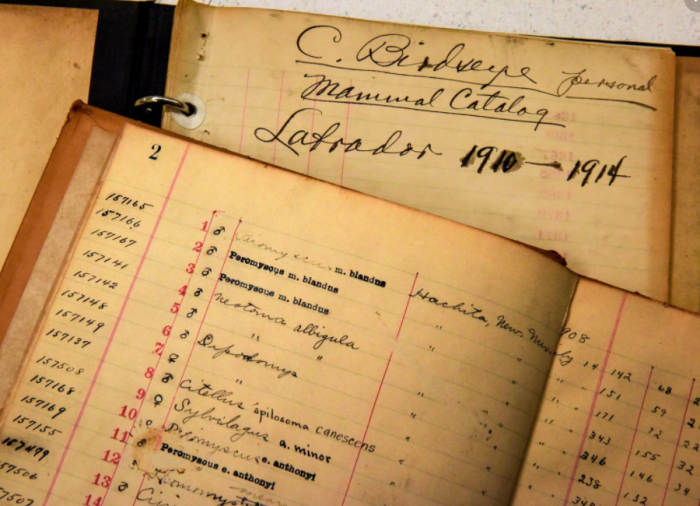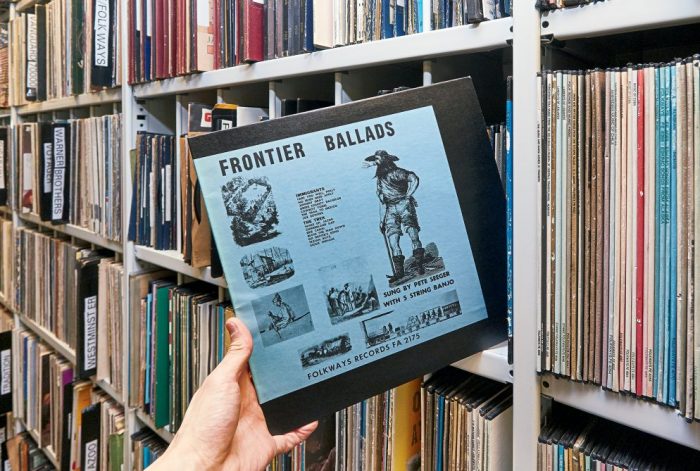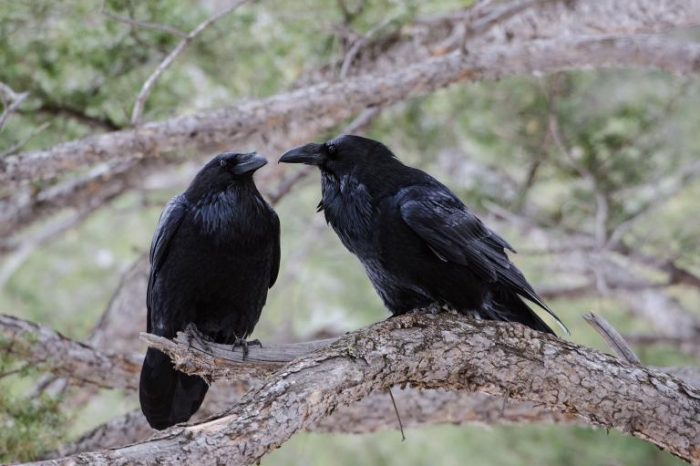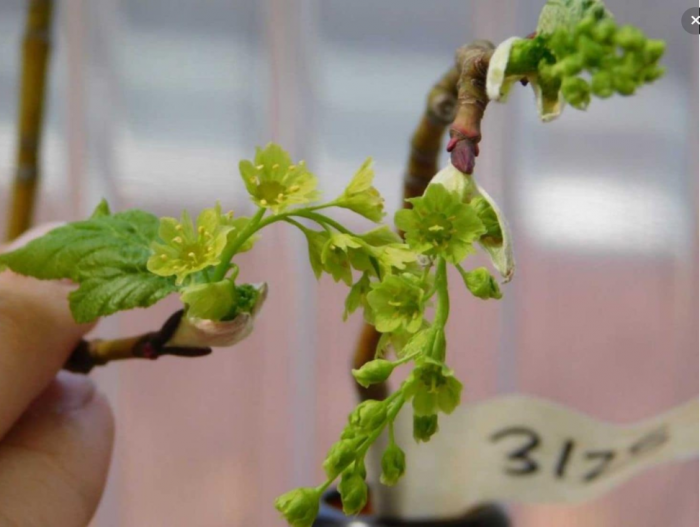ICYMI: Highlights from the week that was Feb. 25 – March 3, 2018
No one can keep up with everything, so let us do it for you. We’ll gather the top Smithsonian stories from across the country and around the world each week so you’ll never be at a loss for conversation around the water cooler.
This week, we were discouraged to learn the Biological Survey Bureau faces closure even as nature reveals more of her mysteries to science. But we were heartened and hopeful to see the huge impact made by one tiny little girl.
US museum launches ‘Poor People’s Campaign’ exhibition
A museum in Washington, DC has dedicated an exhibition to an iconic human rights movement sparked by Martin Luther King 50 years ago.
Al Jazeera, February 25
A museum in Washington, DC has dedicated an exhibition to an iconic human rights movement sparked by Martin Luther King 50 years ago. The “Poor People’s Campaign” demanded economic justice for working-class Americans. It ended in a six-week demonstration in the US capital, where thousands of protesters set up a shantytown known as “Resurrection City”.
Al Jazeera spoke to the curator of the National Museum of American History, Aaron Bryant. Read more from Al Jazeera.
Trump has long vowed to slash government. Now the knives are finally coming out.
The Washington Post, February 26

n Washington, the collection of the Biological Survey Unit includes notebooks kept by Clarence Birdseye on expeditions in the early 1900s. The prominent research bureau is facing potential closure. (Bill O’Leary/The Washington Post)
The four muskrats last roamed free on Nov. 20, 1908, near Farmington, N.M., when Clarence Birdseye trapped, skinned and delivered them to the nation’s capital.
The naturalist would go on to become famous as the father of the frozen food industry. But on that fall day, Birdseye worked for one of the most prestigious scientific divisions in the U.S. government, a place now known as the Biological Survey Unit.
More than 100 years later, the historic division is targeted for closure, part of a sweeping budget-cutting campaign by the Trump administration. With lawmakers poised next month to approve new priorities for agency funding for the first time since the president took office, the bureaucratic bloodletting can officially begin. Read more from Juliet Eilperin for The Washington Post.
The origin of Cowboys cheerleaders uniforms, which had to be different
The New York Post, February 26
The Dallas Cowboys Cheerleaders are recognizable worldwide: That royal blue blouse, white fringe vest and short shorts — all strategically spangled with 15 stars — have come to represent America’s Sweethearts.
Now, the DCC are cementing their place in history by donating team artifacts to the Smithsonian’s National Museum of American History in a ceremony Monday. More than a dozen pieces, including the first NFL poster ever to feature cheerleaders circa the ’70s, a beloved squad teddy bear and, yes, those iconic uniforms and white cowboy boots will be housed in the museum. Read more from Catherine Kast for The New York Post.
‘100 times less terrifying’: How a volcano scientist makes eruptions indoors
The Washington Post, February 26
Ben Andrews never imagined his job would involve simulating volcanic eruptions with talcum powder and lasers.
But in retrospect, his career seems almost fated. In May 1980, Mount St. Helens erupted about 50 miles from his parents’ home in Portland, Ore. — the worst volcanic eruption in U.S. history. Ash rose 80,000 feet into the air and fell onto 11 states; landslides, mudslides and avalanches of hot rock and gas obliterated more than 200 square miles of forest; 57 people were killed. Andrews’s mother was seven months pregnant with him at the time. Read more from Sarah Kaplan for The Washington Post’s Tales From the Vault.
Golden State Warriors to visit African American Museum with kids in lieu of White House appearance
The Washington Post, February 27

Klay Thompson said the Warriors will visit the National Museum of African American History and Culture on Tuesday as part of their trip through Washington. (Kathy Willens/AP)
he Golden State Warriors went to great lengths to keep their plans for what they would do in Washington on Tuesday in lieu of a trip to the White House under wraps.
Then, guard Klay Thompson divulged the information after Monday night’s 125-111 victory over the New York Knicks here at Madison Square Garden.
“The White House is a great honor,” Thompson said, “but there are some other circumstances that we felt uncomfortable going. We’re not going to politicize anything. We’re going to hang out with some kids, and take them to the African American Museum, and hopefully teach them some things we learned along the way, and life lessons, and hopefully give them some great memories.” Read more from Tim Bontemps for The Washington Post.
Why do some male trees turn female?
The Washington Post, February 27
It’s not often that a scientist reaches into fantasy literature for the perfect analogy.
“Usually trees take a long time to respond to their environment,” botanist Jennifer Blake-Mahmud said. “Remember the Ents in ‘Lord of the Rings’? It takes them a long time to say anything in Entish!” Read more from Amy Ellis Nutt for The Washington Post.
Why is Smithsonian Folkways Putting Out a Rap Album?
Inside the legendary roots label’s effort to expand.
Washingtonian, March 1

The Folkways archive contains more than 13,000 albums, along with lots of other music treasures. Photograph by Jeff Elkins.
Washington’s most impressive record collection sits on the second floor of a blocky office building on Maryland Avenue near the Mall. Lined floor to ceiling with more than 13,000 old albums, the Smithsonian Folkways archive is a record fiend’s dream—an invaluable trove of fascinating sounds from around the country and the world.
Though this collection is part of the Smithsonian Institution, it’s not a museum. Rather, it’s a working record company, albeit one whose offices could quite easily lure tourists away from the actual museums a few blocks away. (It’s open to the public by appointment.) Read more from Glenn Dixon for Washingtonian.
A powerful photo of a young girl mesmerised by Michelle Obama’s portrait goes viral
“Representation matters”
Harper’s Bazaar, March 3
Earlier this year, official portraits of Michelle and Barack Obama were unveiled at the Smithsonian National Portrait Gallery in Washington – and, ever since, fans have been heading there in their droves to see the beautiful pictures in person. However, one fan in particular has caught the world’s attention.
A man named Ben Hines captured the moment a young black girl stood looking up in awe at the painting. Posting the image to his Facebook account he said: “We were delighted to wait in line behind this fellow art lover and hopeful patriot.” Read more from Amy de Klerk for Harper’s Bazaar.
Ravens Are Evolving, and Not in the Way You’d Expect
Instead of branching into new species, raven groups experienced something called “speciation reversal.”
National Geographic, March 2

Common ravens are excellent and acrobatic fliers on par with falcons and hawks. (Photo by John Marzluff)
A new study shows that the common raven is anything but commonplace in its evolution.
Using DNA samples taken from ravens for nearly twenty years, the study provides evidence that common ravens on the western coast of North America have split into three genetically distinct groups. What’s more, two of these lineages appear to be in the process of melding back into one, scientists report Thursday in the journal Nature Communications.
For a long time, we’ve tended to think of the evolution of species as a branching tree, with new species splitting off as their own branches, says Anna Kearns, an evolutionary biologist at the Smithsonian Conservation Biology Institute. Read more from Jason Bittel for National Geographic.
Posted: 4 March 2018









